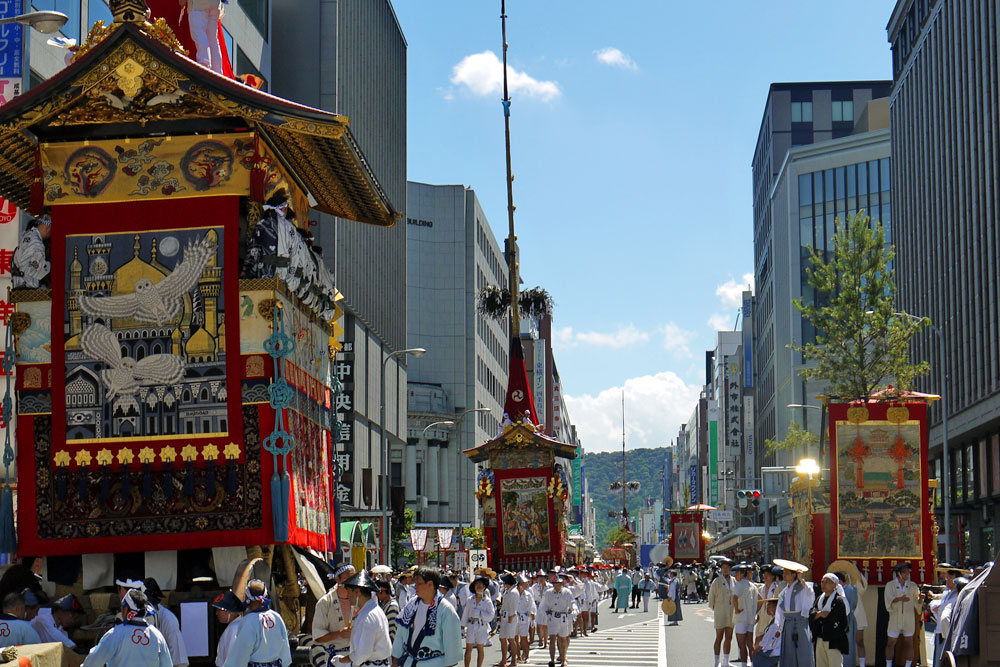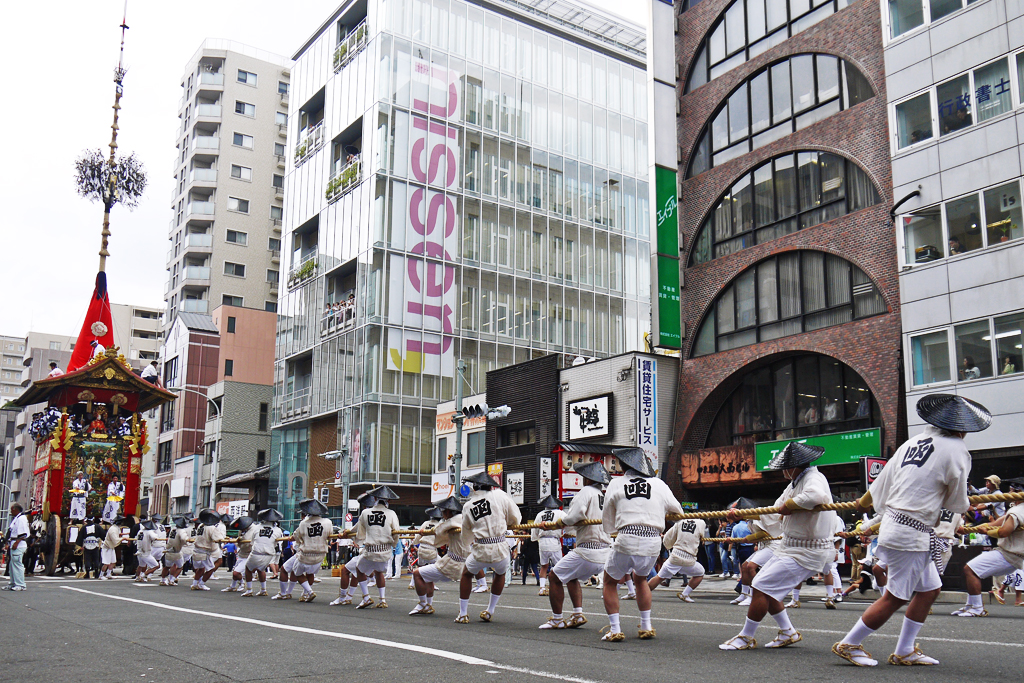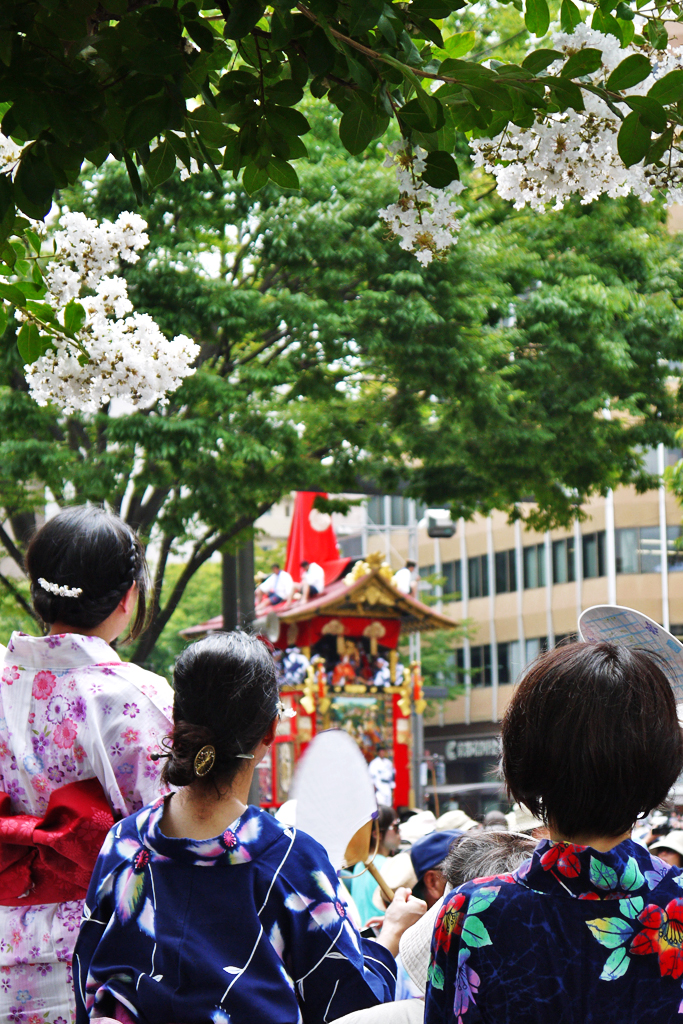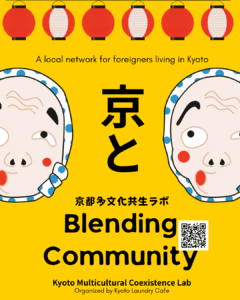
Summer in Kyoto Starts with Gion Matsuri
When July comes around, Kyoto transforms. Lanterns go up, people start wearing yukata, and the sound of flutes and drums fills the air. It’s Gion Matsuri season—a month-long celebration that’s deeply rooted in the city’s soul.
For locals, it’s not just a festival. It’s a tradition, a rhythm of life, and something to look forward to every summer.
1150 Years of History Behind the Celebration

Gion Festival dates back to over 1150 years ago, starting during a time when an epidemic swept through Kyoto. People believed the illness was caused by the anger of Gozu Tenno, a powerful deity. To calm him, a purification ritual was held. That ritual gradually evolved into the Gion Matsuri we know today.
At the center of the festival is Yasaka Shrine. The portable shrines (called mikoshi) that are carried around town are believed to absorb bad spirits and bring protection to the city. The final event where the mikoshi returns to the shrine is called Kankōsai, and it’s filled with meaning.
Watching Giant Floats Parade Through the Streets
One of the most breathtaking parts of the festival is the float parade, called Yamaboko Junko, held on July 17 and 24. These floats aren’t just big—they’re huge. Some are as tall as a five-story building and weigh up to 12 tons!
Among them, the most famous is Tsukihoko, often called a “moving museum” because of its stunning decorations. These floats roll slowly through the streets, pulled by teams of people in traditional dress. The atmosphere is electric with cheers, music, and camera flashes.
Yoiyama Nights: Lanterns, Food Stalls, and Old Kyoto Magic

From July 14 to 16, the city gets into full festive mode for Yoiyama, the pre-parade nights. Streets are closed to traffic, and people stroll through glowing lantern-lined paths, enjoying street food, games, and performances.
One hidden gem is the Byobu Matsuri—local families open their traditional townhouses and display treasured folding screens and art pieces. It’s a rare peek into private Kyoto homes and history.
Why Gion Matsuri Was Recognized by UNESCO
In 2016, Gion Matsuri was registered as a UNESCO Intangible Cultural Heritage. But it’s more than the gorgeous floats—it’s about community. Each float is cared for by local neighborhood groups, and many of the decorations are made using traditional crafts like Nishijin weaving and lacquerware.
This festival keeps Kyoto’s artisan spirit alive. The skills, the pride, and the sense of responsibility are passed down through generations.
Local Tips for Enjoying Gion Matsuri
While most visitors focus on the two parade days, the truth is Gion Matsuri runs all of July. That means you can enjoy different events almost every day, from shrine rituals to small neighborhood processions.
Want to avoid the crowds? Try visiting the backstreets near Karasuma Oike for a closer, quieter look at the floats. Want the perfect photo in a yukata? Go in the evening during Yoiyama, when the lanterns are glowing and the festival mood is just right.
See You Again Next Year
Gion Matsuri isn’t just a summer festival. It’s a feeling—a blend of tradition, beauty, and the warmth of Kyoto people. Whether it’s your first visit or your tenth, the festival has a way of making you want to come back.
After all, once you experience Gion Matsuri, it’s hard not to say: “Let’s meet again here next year.”
